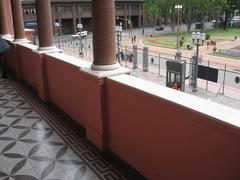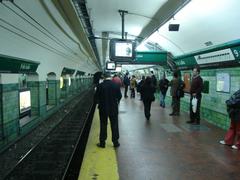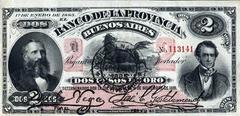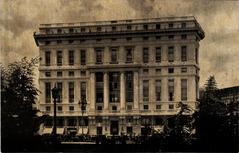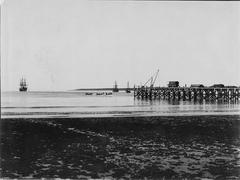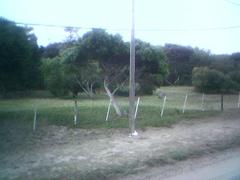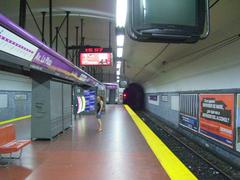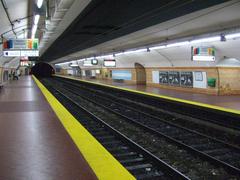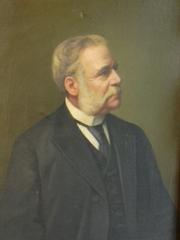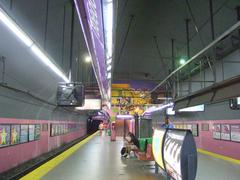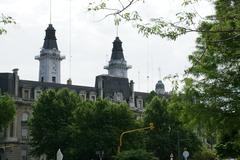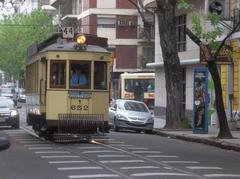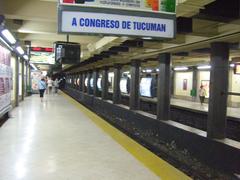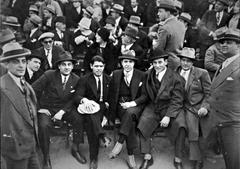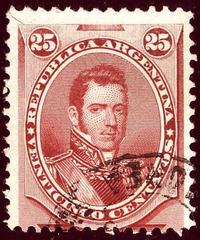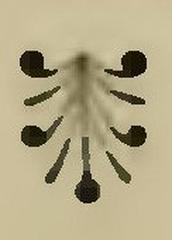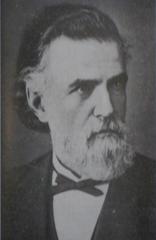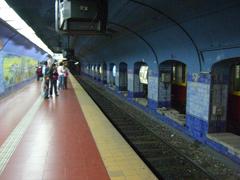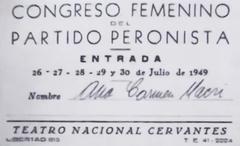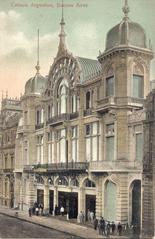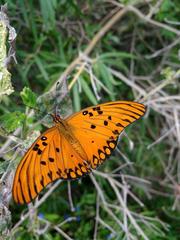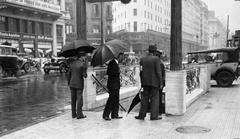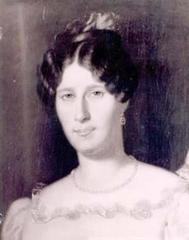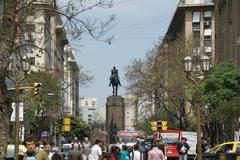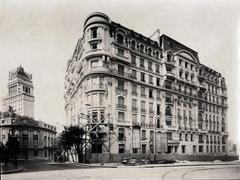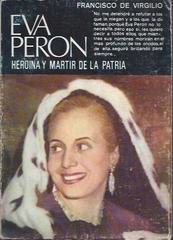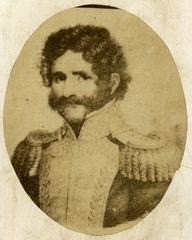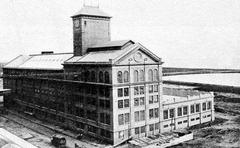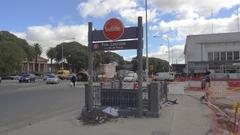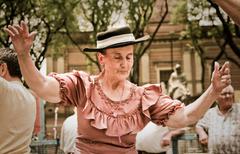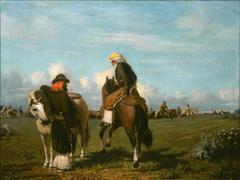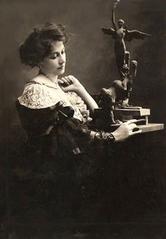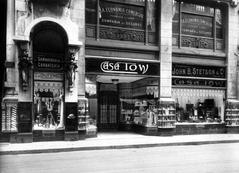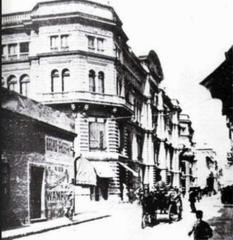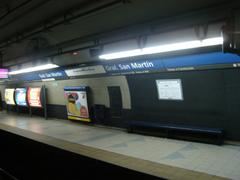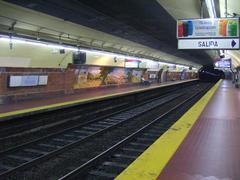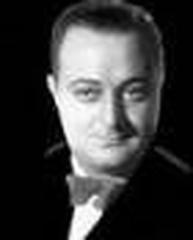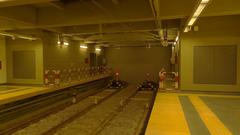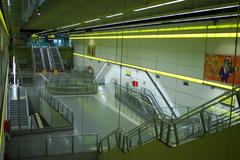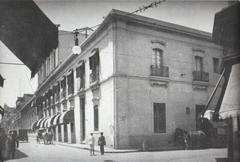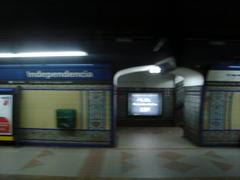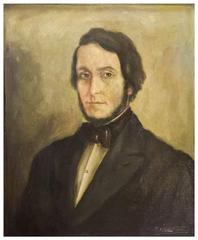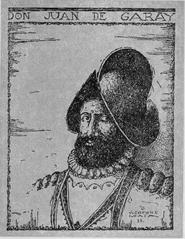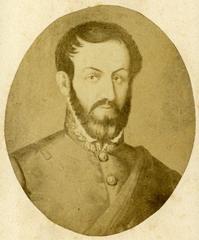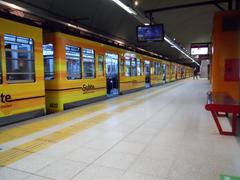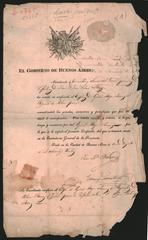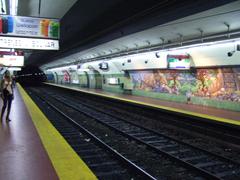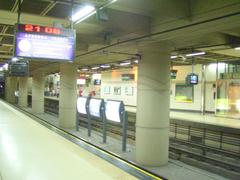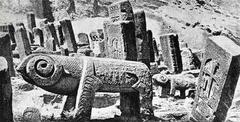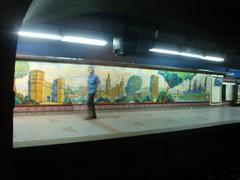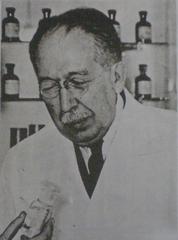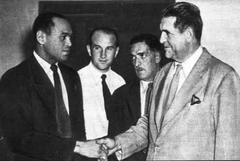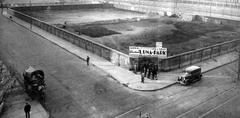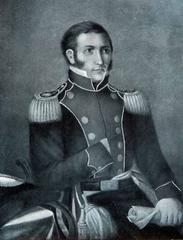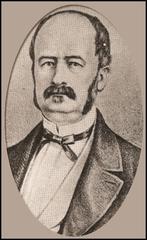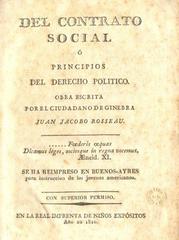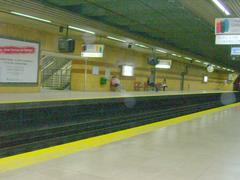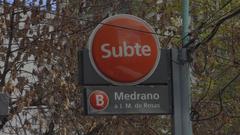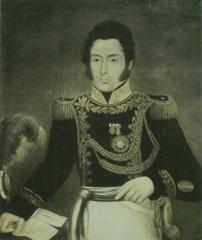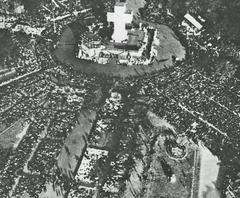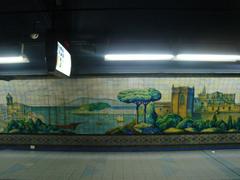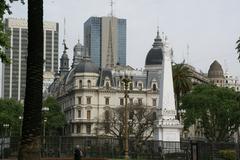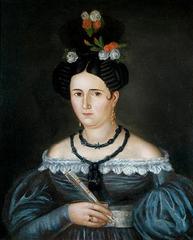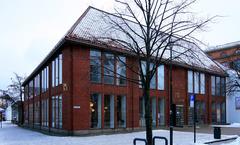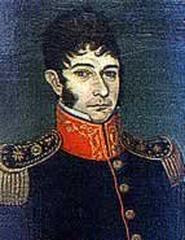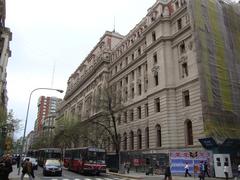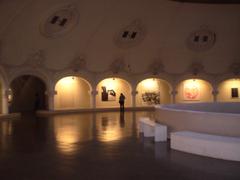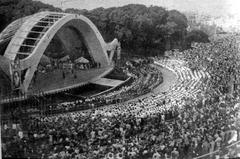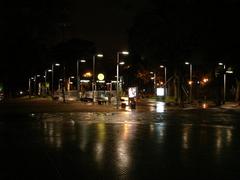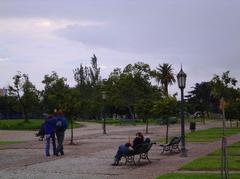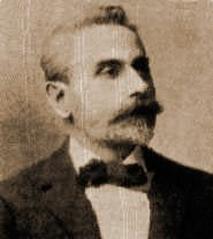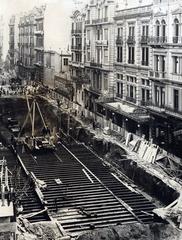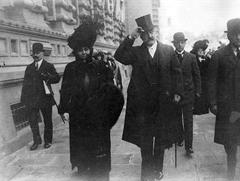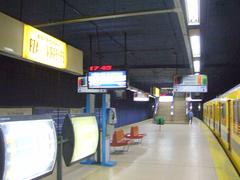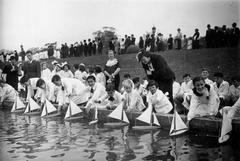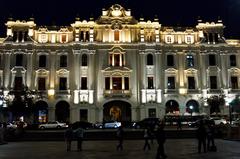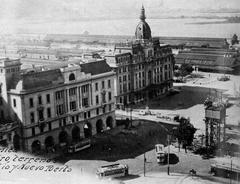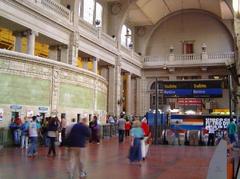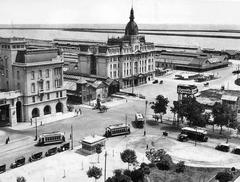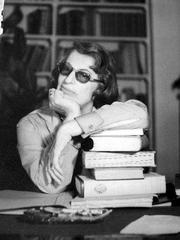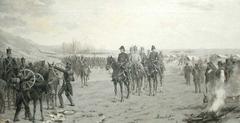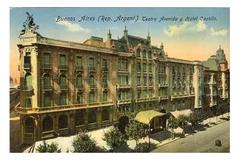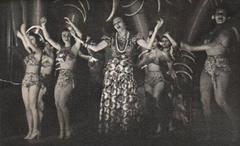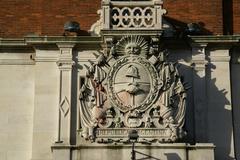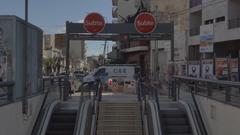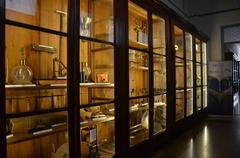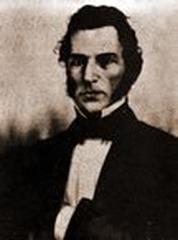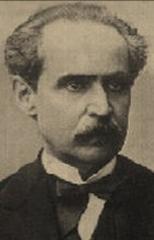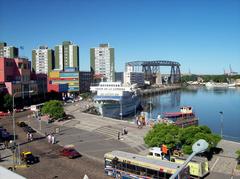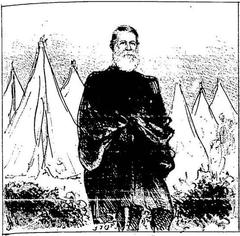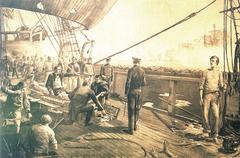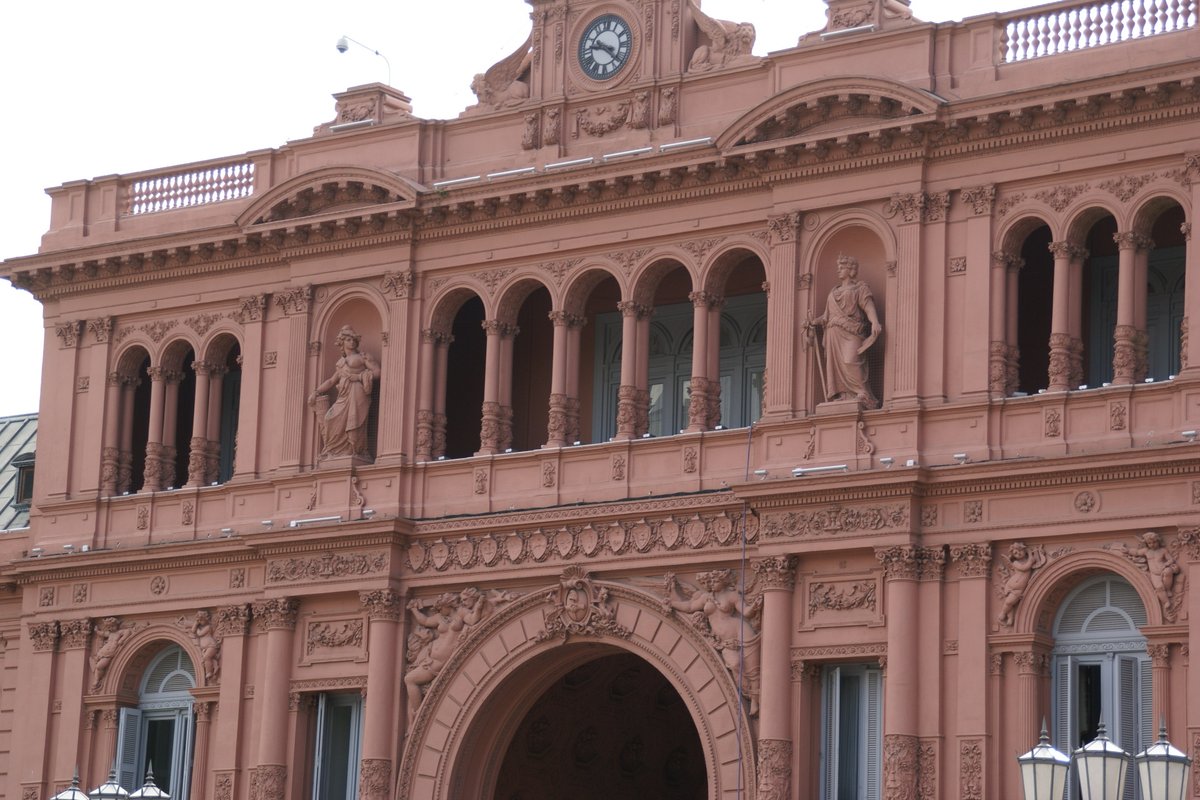
Comprehensive Guide to Casa Rosada: Visiting Hours, Tickets, and History
Date: 18/07/2024
Introduction
Casa Rosada, often referred to as the ‘Pink House,’ stands as one of Argentina’s most iconic landmarks. Located in the heart of Buenos Aires, this presidential palace is more than just the office of the Argentine President; it is a symbol of the country’s rich history and political heritage. The building’s unique pink hue, a blend of red and white, symbolizes the unity between the country’s historically opposing political factions (Casa Rosada).
The history of Casa Rosada is intricately linked with Argentina’s own journey as a nation. From its origins as a fort in the 16th century, strategically positioned on the banks of the Río de la Plata, to its transformation into a grand presidential palace by the 19th century, Casa Rosada has witnessed countless pivotal moments in the country’s history. Its architectural evolution, influenced by styles ranging from Italianate to French Baroque, reflects the dynamic political and social changes Argentina has undergone (Exploring Casa Rosada).
Today, Casa Rosada serves not only as the seat of the executive branch but also as a museum, offering guided tours to the public. Visitors can explore its grand halls, courtyards, and iconic balcony, where figures like Eva Perón once addressed the nation. With its rich historical significance and architectural grandeur, Casa Rosada remains a must-visit destination for anyone seeking to understand the essence of Argentina (Visiting Casa Rosada).
Table of Contents
- A Storied Past
- Visitor Information
- Architectural Features and Design
- History and Cultural Significance
- Preservation and Restoration
A Storied Past - Unveiling the History of Casa Rosada
The Casa Rosada, Buenos Aires’ iconic presidential palace, boasts a rich history interwoven with the nation’s narrative. Its story begins not as a palace, but as a fort strategically positioned on the banks of the Río de la Plata.
From Fort to Fortress - Early Beginnings (16th - 18th Centuries)
- 1580: The site’s military significance was first recognized by founder Juan de Garay, who designated it for a fort. This initial structure, “Juan Baltazar Austria” fort, marked the city’s eastern limit.
- 17th Century: The fort underwent expansions under successive governors, evolving into a more substantial fortress. Its strategic location guarded the port of Buenos Aires, a vital hub for trade and defense.
- 1776: Recognizing its importance, King Charles III of Spain ordered the construction of a grander fortification. This new fort, named “Fortaleza Nueva” (New Fortress), replaced the older structure, further solidifying its defensive role.
Birth of a Palace - Dawn of Independence (19th Century)
- 1810: The May Revolution, a pivotal moment in Argentina’s fight for independence, saw the Viceroyalty of the Río de la Plata overthrown. The Fortaleza Nueva became the seat of the new government, marking its transition from a military stronghold to a political center.
- 1820s: Following Argentina’s independence, the fortress was partially demolished, making way for a customs house designed by British architect Edward Taylor. This marked the beginning of the structure’s transformation from a purely defensive edifice to a building of administrative and governmental importance.
- 1850s: President Domingo Faustino Sarmiento, a key figure in Argentina’s modernization, ordered the unification of the existing buildings. He envisioned a grander structure, reflecting the nation’s aspirations. The buildings were painted a pale pink, believed to be a blend of the colors favored by the two dominant political parties at the time, symbolizing a hoped-for unity.
- 1862 - 1898: Further expansions and renovations took place under subsequent presidents, including Bartolomé Mitre and Julio Argentino Roca. These modifications shaped the Casa Rosada into a more palatial residence, reflecting the country’s growing economic and political influence.
The Casa Rosada in the 20th Century - A Symbol of Power and Change
- Early 20th Century: The Casa Rosada witnessed a period of relative architectural stability, serving as the backdrop for significant political events. It became synonymous with the presidency and the power it held.
- 1940s - 1950s: President Juan Perón’s era saw significant changes to the building’s surroundings. The Plaza de Mayo, the square facing the Casa Rosada, was redesigned, and buildings obstructing the view of the palace were demolished. This emphasized the Casa Rosada’s prominence in the cityscape and its symbolic connection to the people.
- Late 20th Century: The Casa Rosada stood as a silent witness to Argentina’s turbulent political landscape, including coups, dictatorships, and the return to democracy. It became a focal point for protests and demonstrations, embodying the nation’s struggles and triumphs.
Visitor Information - Casa Rosada Today
Today, the Casa Rosada stands as a testament to Argentina’s complex and fascinating history. It serves not only as the office of the president but also as a museum, offering visitors a glimpse into the nation’s past. Its distinctive pink facade, a subject of much speculation and debate, has become an internationally recognized symbol of Argentina.
Visiting Hours and Tickets
- Visiting Hours: Casa Rosada is open to the public on weekends and public holidays, with guided tours available from 10 AM to 6 PM. It is advisable to check the official website for any changes in the schedule.
- Tickets: Admission is free, but guided tours require prior booking. Visit the official Casa Rosada website to secure your spot.
Travel Tips
- Best Time to Visit: Early mornings or late afternoons are ideal to avoid crowds and enjoy a more relaxed tour.
- What to Wear: Comfortable walking shoes and weather-appropriate clothing are recommended.
- Security: Expect security checks at the entrance. Carry a valid ID or passport for verification.
Nearby Attractions
- Plaza de Mayo: Located right in front of Casa Rosada, this historic square is the site of many significant events in Argentine history.
- Catedral Metropolitana: Just a short walk away, this stunning cathedral is the main Catholic church in Buenos Aires.
- Museo del Bicentenario: Adjacent to Casa Rosada, this museum offers further insights into Argentina’s history.
Special Events and Guided Tours
Casa Rosada hosts special events throughout the year, including cultural exhibitions and official ceremonies. Guided tours are available in multiple languages, providing in-depth information about the palace’s history and architecture.
Photographic Spots
- Balcony: The iconic balcony where many historical figures addressed the public offers a great photo opportunity.
- Interior Courtyards: The beautiful courtyards provide a serene backdrop for pictures.
- Plaza de Mayo: Capture the grandeur of Casa Rosada from across the square for a panoramic shot.
Architectural Features and Design
Italian Influence and Eclecticism
The Casa Rosada’s design is primarily attributed to Swedish architect Carl Kihlberg, who remodeled the building in 1873 during Domingo Faustino Sarmiento’s presidency. Kihlberg, influenced by the Italianate style prevalent in 19th-century Europe, incorporated elements like the prominent cornice, symmetrical facade, and rusticated ground floor. This style, characterized by its decorative elements and grandeur, aimed to project an image of progress and modernity for the newly formed nation.
However, the Casa Rosada doesn’t strictly adhere to one architectural style. Over the years, it underwent several modifications and expansions, each reflecting the architectural trends and political ideologies of the time. This eclecticism, a mix of Italianate, French Baroque, and Neoclassical elements, contributes to the building’s unique charm.
Notable Features
- The Façade: The building’s most recognizable feature is its vibrant pink hue. While the exact reason for this color remains debated, some historians believe it symbolizes the unity of Argentina’s political factions, as pink was created by mixing red and white, the colors of the opposing Federalist and Unitarian parties. The façade, adorned with ornate balconies, balustrades, and arched windows, showcases the Italianate influence.
- The Patio de las Palmeras: This central courtyard, named after the towering palm trees brought from the Argentine Mesopotamia region, provides a tranquil oasis within the bustling government house. The courtyard’s design, featuring a cast-iron fountain and surrounding arches, reflects a blend of Italian and Spanish colonial architectural styles.
- The Salón Blanco: This grand hall, inspired by the Hall of Mirrors in the Palace of Versailles, serves as the setting for significant state events, including presidential inaugurations and diplomatic receptions. Its opulent décor, featuring gold leaf accents, crystal chandeliers, and intricate moldings, exemplifies the French Baroque influence.
- The Presidential Balcony: Overlooking the Plaza de Mayo, this iconic balcony has witnessed countless historical events, including Eva Perón’s famous speeches. Its simple yet elegant design, with wrought-iron railings and a prominent location, makes it a powerful symbol of Argentine political life.
Materials and Construction
The Casa Rosada’s construction reflects the materials available in 19th-century Argentina. The building’s structure primarily comprises brick masonry, plastered and painted in the distinctive pink hue. The use of brick, a readily available material, speaks to the country’s economic realities at the time.
However, the building also incorporates imported materials, showcasing Argentina’s growing international connections. The marble used for flooring and decorative elements was brought from Patagonia and Europe, while the cast-iron elements, like the fountain in the Patio de las Palmeras, were imported from England.
History and Cultural Significance
Beyond its architectural beauty, the Casa Rosada holds immense symbolic significance for Argentines. It represents the country’s political heart, housing the executive branch and serving as the official residence of the President of Argentina. The building’s evolution, with its various expansions and modifications, mirrors the country’s own turbulent political journey.
The Casa Rosada’s location facing the Plaza de Mayo, a historic square that has witnessed countless political rallies and demonstrations, further emphasizes its role as a symbol of Argentine democracy and national identity.
Preservation and Restoration
Recognizing the Casa Rosada’s historical and architectural importance, the Argentine government has undertaken numerous preservation and restoration projects. These efforts aim to maintain the building’s structural integrity while preserving its unique architectural features for future generations.
One notable project involved restoring the building’s original pink color, which had faded over time. Experts meticulously analyzed paint samples to recreate the exact shade used in the 19th century, ensuring the Casa Rosada retains its iconic appearance.
Conclusion
Casa Rosada is more than just a building; it is a living testament to Argentina’s complex and fascinating history. From its origins as a fort to its current role as the presidential palace, it has been a silent witness to the nation’s most significant events. The architectural beauty of Casa Rosada, influenced by various European styles, adds to its charm and allure, making it a must-visit for both history enthusiasts and casual tourists alike (Casa Rosada).
Visitors to Casa Rosada can immerse themselves in the rich tapestry of Argentina’s past, exploring its grand halls and courtyards, and experiencing the very spaces where history was made. With free guided tours available, the palace offers an accessible way to delve into the nation’s heritage. Additionally, its strategic location near other historic sites like Plaza de Mayo and the Metropolitan Cathedral makes it a central part of any Buenos Aires itinerary (Visiting Casa Rosada).
As Argentina continues to evolve, Casa Rosada stands as a poignant reminder of the country’s journey. Its preservation and ongoing restoration efforts ensure that future generations can continue to appreciate this architectural and historical gem. Whether you’re a local or a visitor, Casa Rosada offers a unique glimpse into the heart of Argentina’s political and cultural landscape (Exploring Casa Rosada).

